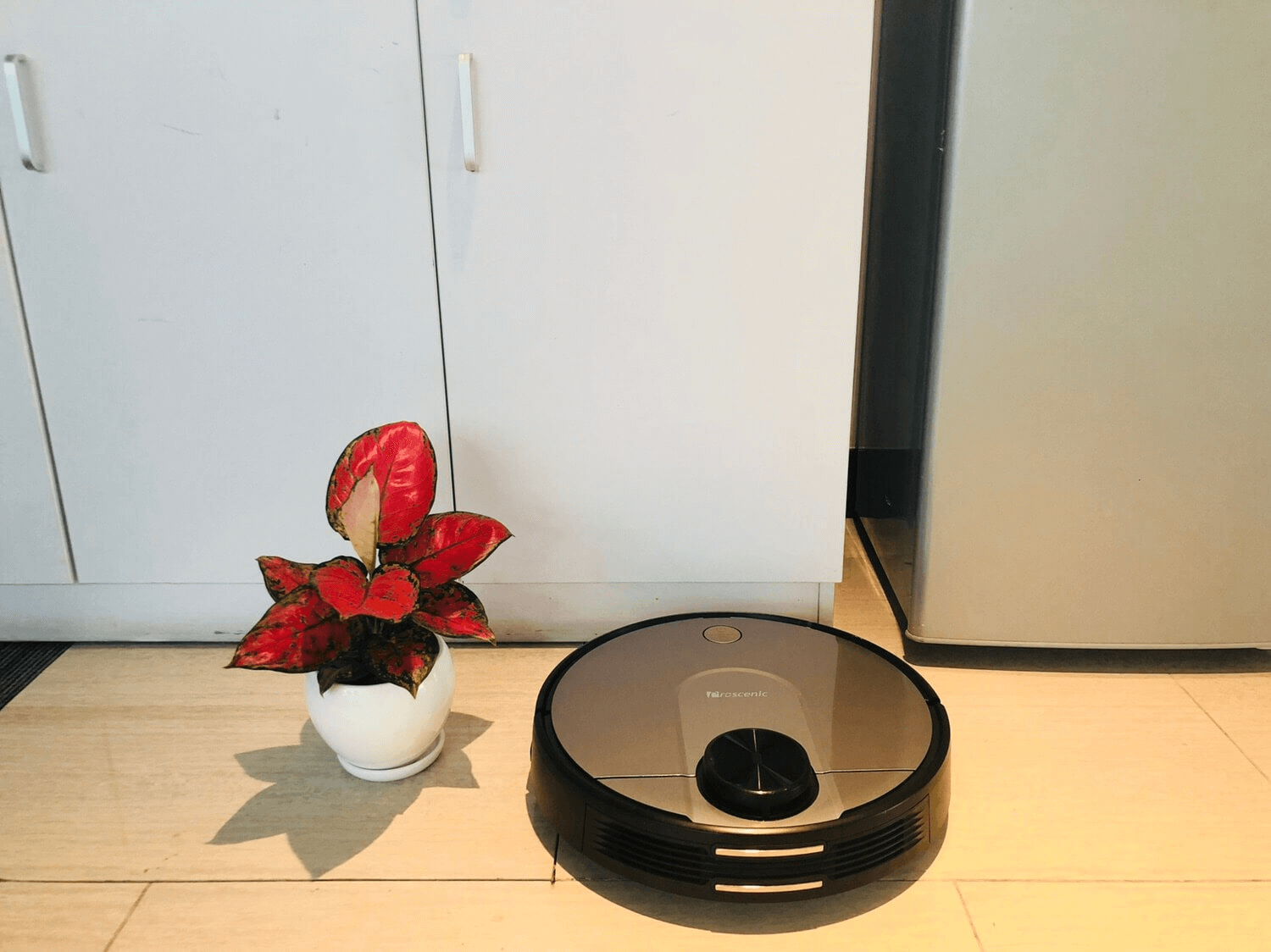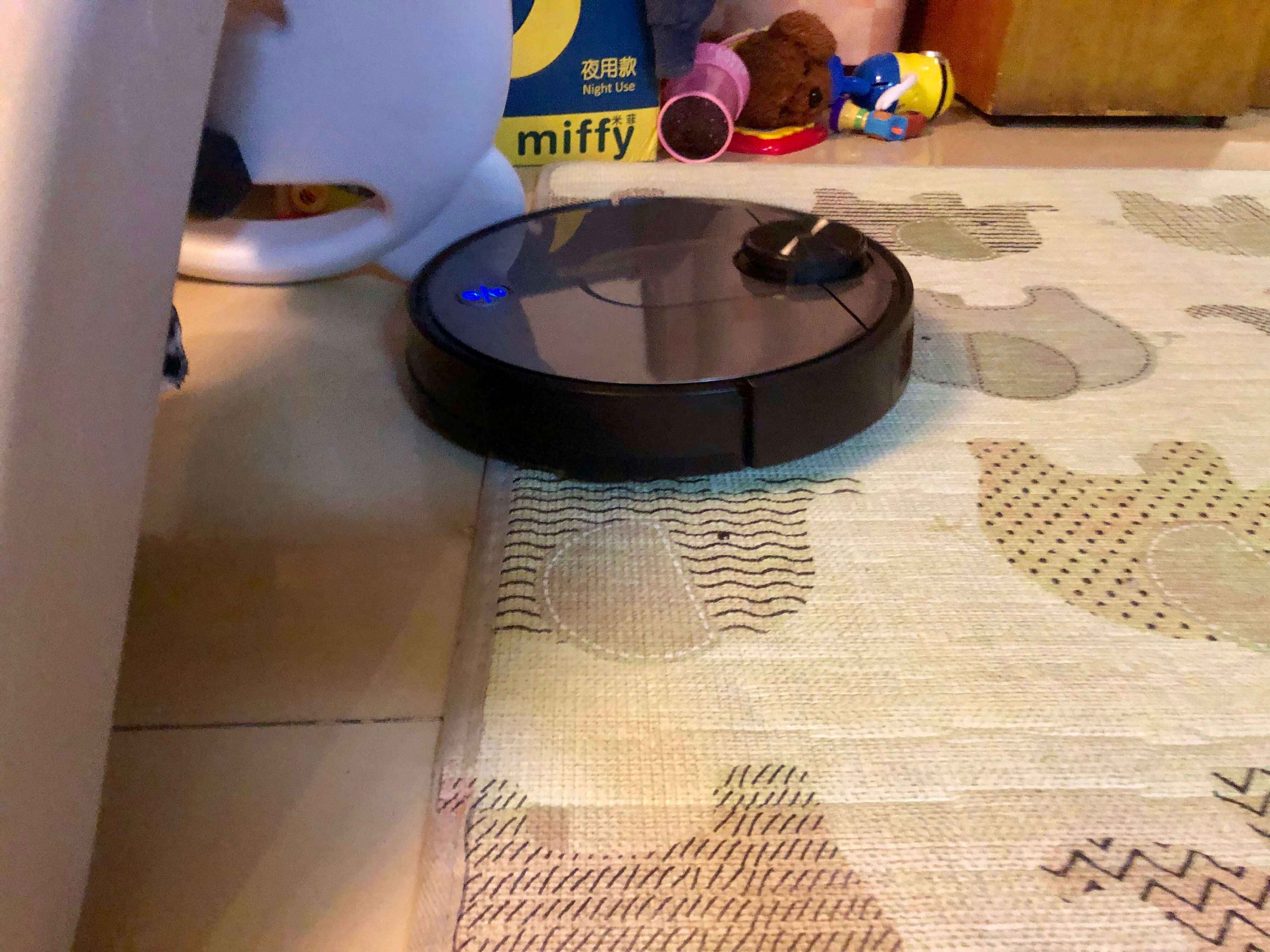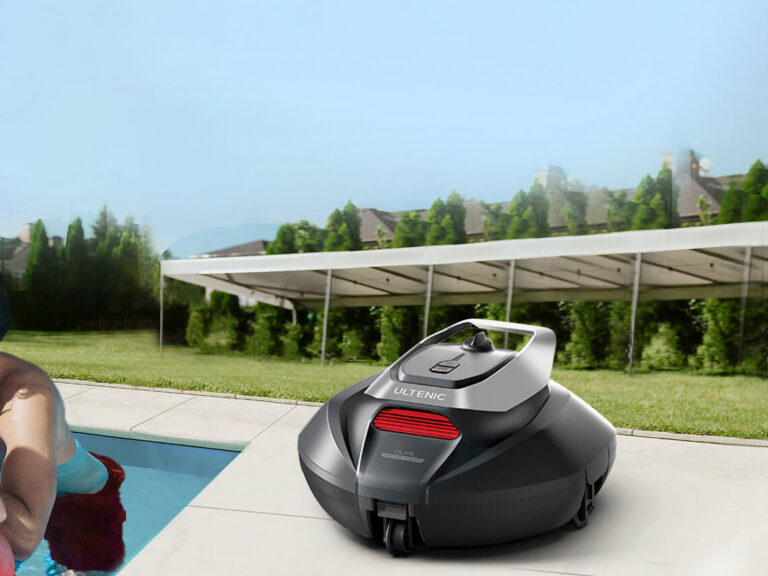The main factor that affects the price of a robot vacuum is its positioning and navigation technology. For robot vacuums, differences in design, button settings, or product philosophy cannot determine the price. The core of a robot vacuum is its positioning and navigation technology because this technology determines the quality of the cleaning effect and the level of cleaning efficiency.

Are robot vacuums useful?
To clarify, the positioning and navigation technology of a robot vacuum solves several problems:
- Where am I?
- Where am I going?
- What route should I take?
The main centralized positioning and navigation technologies currently used in the market are laser navigation, visual navigation, and wireless carrier positioning. The prices of these technologies vary greatly, with laser navigation being the most expensive and wireless carrier positioning being the cheapest.
Overall, robot vacuums are very practical and can help free up our hands, making cleaning easier. The positioning and navigation technology is a key factor that determines its performance and efficiency. Consumers can choose the appropriate robot vacuum based on their needs and budget. Robot vacuums are indispensable home appliances in modern life.
Wireless carrier positioning: priced between 800-1300 yuan.

Wireless carrier positioning technology for robot vacuums
The wireless carrier positioning technology for robot vacuums uses an embedded wireless probe for indoor positioning, which can easily overcome range limitations and achieve whole-house positioning. The system measures distance changes and locates coordinates through the wireless probes on both the body of the vacuum and its charging base, providing strong anti-interference ability and high accuracy, with indoor positioning errors controlled within 25 pixels. The 780TS and 790T models under the Proscenic brand use this positioning system, which belongs to the entry-level basic category and has a very high cost-performance ratio, with good cleaning capabilities.
Visual navigation: priced between 1200-1800 yuan.

Visual navigation for robot vacuums
From a technical perspective, this technology is called vSLAM and is widely used in autonomous vehicles and drones. The principle is to install a camera on the robot vacuum, which picks up and records a large number of feature points (especially the corners of objects) on objects through the vSLAM algorithm, using pixel anchors to create a clear environmental perception and tracking these feature points during movement while detecting new feature points to build an environment map.
However, visual navigation, like our eyes, is greatly affected by light. The Proscenic GT320 robot vacuum uses visual navigation technology, which belongs to the mid-range category and has a square body shape that is more suitable for cleaning alongside edges and 90-degree corners.
Laser navigation: priced around 1800-4000 yuan.

Robot vacuum laser navigation.
Laser navigation technology scans the room using laser distance sensors to quickly obtain distance information. When the laser is projected onto an obstacle, it creates a spot, and the image sensor calculates the center distance of the laser ranging sensor based on the pixel number of the spot. Combining the algorithms of the robot vacuum, it constructs a room map and performs real-time location cleaning. Currently, laser navigation is the most practical and effective system. However, it occasionally fails in front of transparent glass or floor-to-ceiling windows.
The Proscenic flagship laser navigation robot vacuums LDS M6 and LDS M7 merge multiple navigation technologies, including wireless carrier + 360° laser scanning cruise dual positioning, HSIR+ multi-point matrix intelligent imaging system, ARM9 chip Monte Carlo algorithm route planning system, and high-precision gyroscope yaw correction algorithm cleaning solution. This type of positioning system can autonomously locate the environment, identify cleaning areas, and perform intelligent and efficient partition cleaning, just like how we as humans plan our own routes when cleaning. The route is intelligent and does not repeat.
Of course, they also have 360° eyes that are good at observation, and a single scan radius of 4.5 meters and a scanning frequency of 360 times per minute. One scan can capture the layout and environment of the home, with the second time providing high-precision restoration, and memory for the next time, ensuring complete whole-house cleaning without omission.
What is the difference between robot vacuums priced over 1000 yuan and those priced over 4000 yuan? If you need a robot vacuum that can clean efficiently while both sweeping and mopping, then choose the Proscenic LDS M7 flagship model. If you want an entry-level experience first, then move up to higher-end models, choose a robot vacuum with wireless carrier navigation. The Proscenic brand focuses on the field of cleaning appliances and brings the best cleaning experience to every household using the latest technology.



